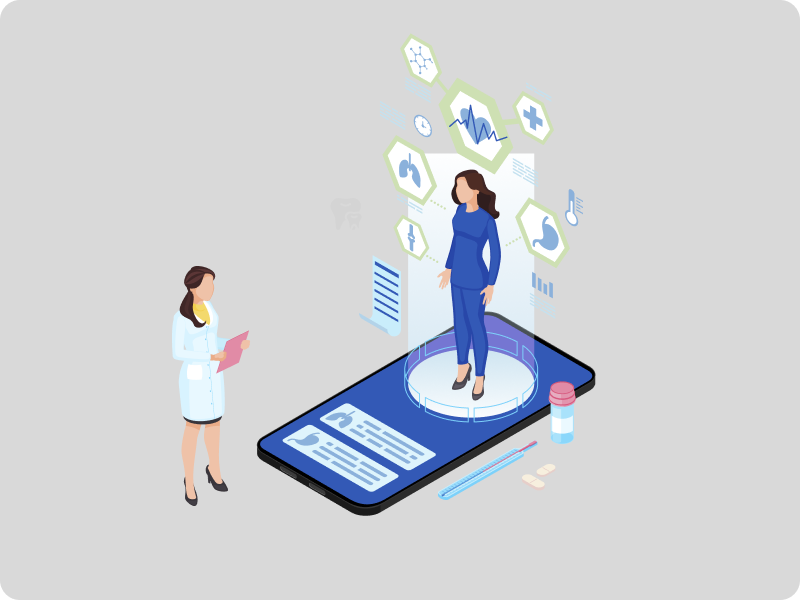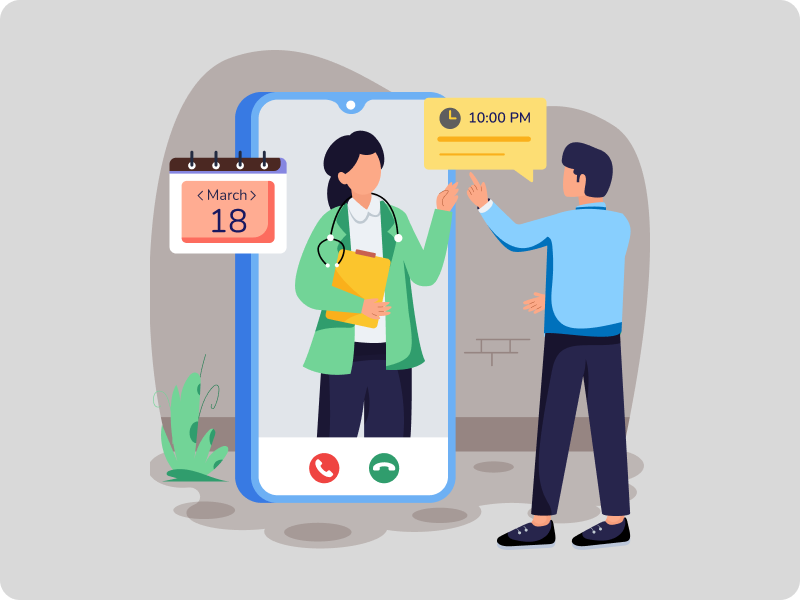How Software Solutions Are Improving the Payer-Provider
Relationship and Reducing Healthcare Costs
The payer-provider relationship has historically been strained due to administrative inefficiencies, claim denials,
and delayed reimbursements. These challenges lead to higher healthcare costs, increased provider burden and patient
dissatisfaction. However, modern software solutions are transforming how payers and providers interact, making the
system more transparent, efficient and cost-effective.
This blog explores how healthcare software solutions are streamlining operations, enhancing collaboration and
ultimately reducing costs for both payers and providers.
The Challenges in the Payer-Provider Relationship
Before diving into solutions, let’s examine the common pain points:
1. Complex Claims Processing & Denials
- Inefficient billing systems: Lead to frequent claim rejections.
- Manual processes: Result in slow reimbursements and increased administrative workload.
- Lack of real-time claim status visibility: Causes frustration for both providers and payers.
2. Administrative Burdens and High Operational Costs
- Manual paperwork: Increases errors and processing time.
- Regulatory compliance: Adds extra workload as rules continuously evolve.
- Lack of standardization: Creates miscommunication between payers and providers.
3. Lack of Transparency in Payment Models
- Fee-for-service models: Lead to cost inefficiencies.
- Misalignment between value-based care goals and reimbursement models: Creates financial uncertainty.
- Difficulty in tracking quality-based incentives: Providers struggle to receive accurate reimbursements.
How Software Solutions Are Strengthening Payer-Provider Collaboration
1. AI-Powered Claims Processing & Automation
AI-driven claims management software reduces errors, speeds up processing and improves reimbursement accuracy.
- Real-time claim status tracking.
- Automated fraud detection to prevent unnecessary claim denials.
- Faster approvals and reduced administrative workload.
2. Blockchain for Transparent & Secure Transactions
Blockchain technology ensures data integrity and transparency in payer-provider interactions.
- Tamper-proof medical records reduce claim disputes.
- Faster transactions with smart contracts for real-time payments.
- Improved security and compliance with regulatory standards.
3. Advanced Data Analytics for Value-Based Care Models
Predictive analytics allow payers and providers to optimize care delivery by:
- Identifying high-risk patients for early intervention.
- Tracking outcome-based performance metrics for reimbursements.
- Reducing hospital readmissions through proactive care.
4. Cloud-Based Interoperability for Seamless Data Exchange
Cloud-based platforms ensure >real-time access to shared healthcare data, bridging communication gaps between
payers and providers.
- Seamless EHR/EMR integration with insurance systems.
- Faster pre-authorizations and eligibility verifications.
- Improved patient data access for coordinated care.
5. Chatbots & Virtual Assistants for Real-Time Communication
AI-powered chatbots provide instant responses to inquiries regarding claims, authorizations and patient coverage.
- Reduces waiting times for claim inquiries.
- Improves provider engagement with self-service tools.
- Minimizes administrative overhead for payers.
How These Solutions Reduce Healthcare Costs
- Faster claims processing minimizes financial losses.
- Automation reduces paperwork & labor costs.
- Analytics-driven preventive care lowers hospital readmissions.
- Value-based payment models improve efficiency and reduce waste.
Conclusion
Technology is transforming how payers and providers work together leading to faster reimbursements, cost savings and improved patient care. JGD Health offers AI-powered claims management, analytics, blockchain security and cloud-based interoperability to simplify operations and enhance efficiency.
Learn More About Our Solutions Today!




